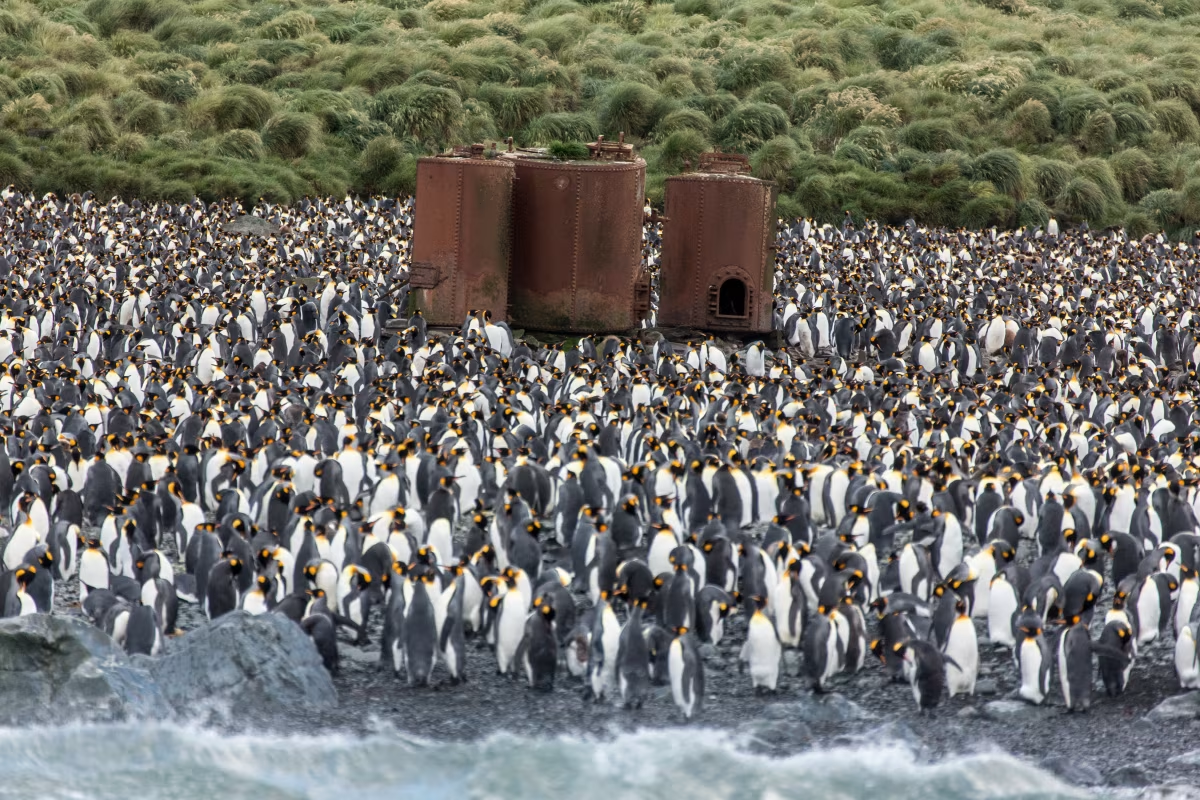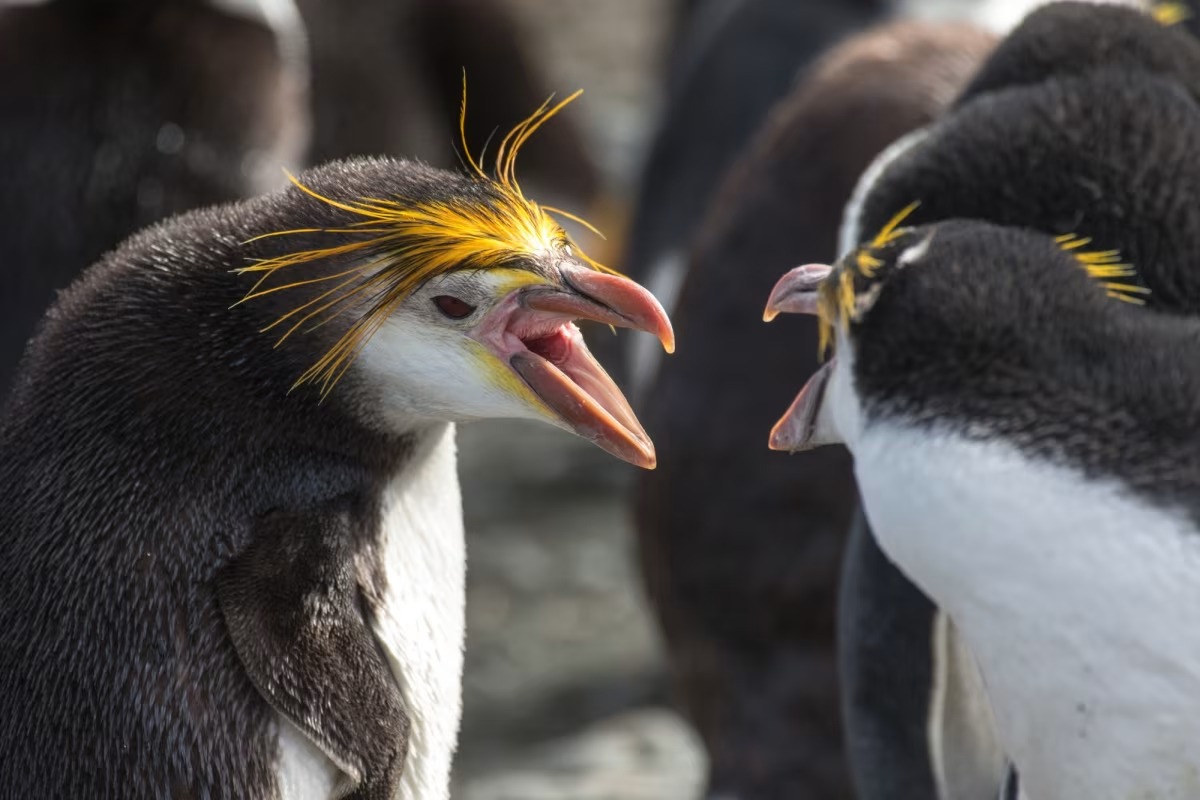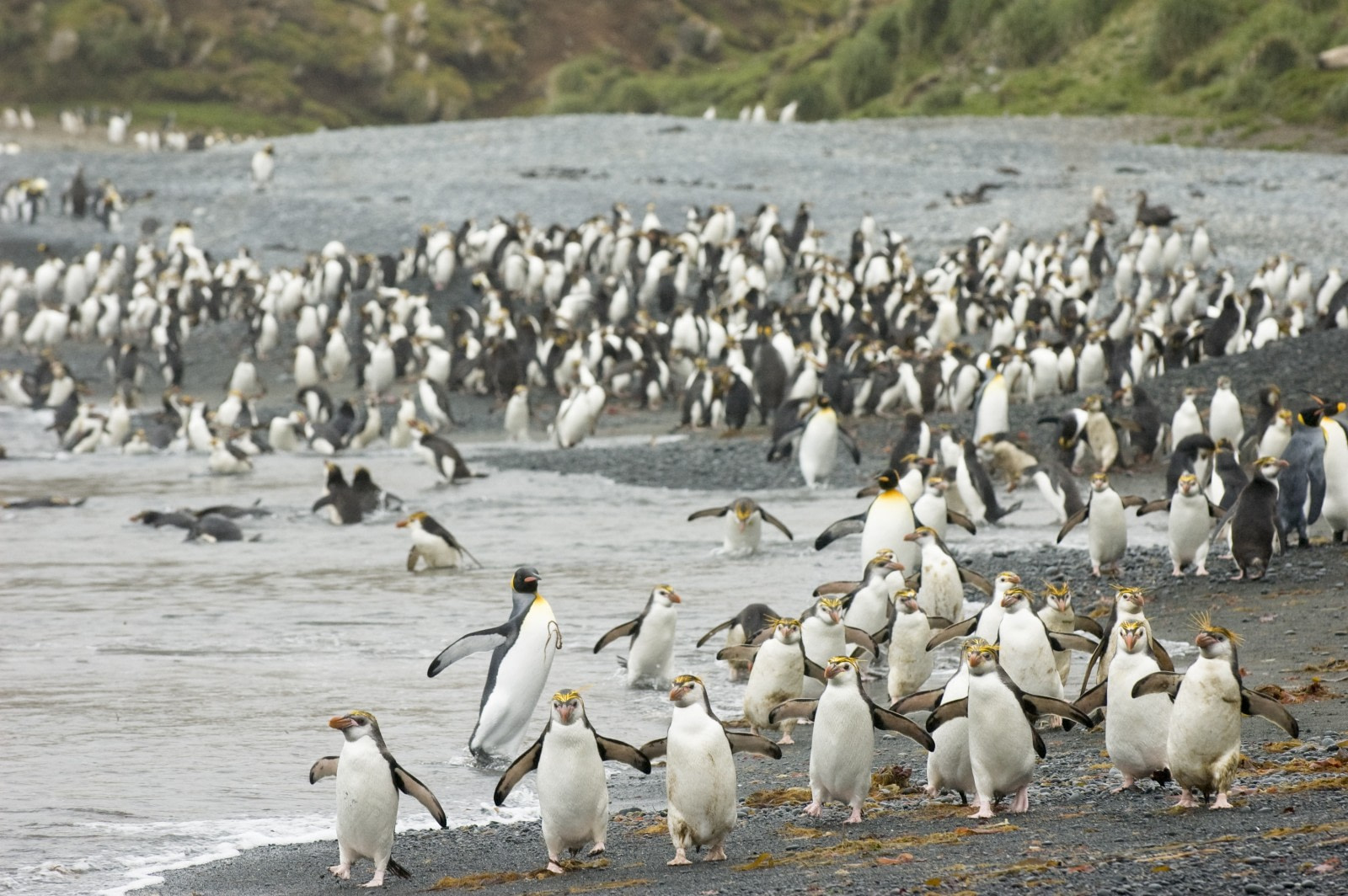The matter of Macquarie Island
Macquarie Island is located in the southwestern Pacific Ocean, is 34 km (21 miles) long and 5 km (3 miles) wide, and is characterized by its mountainous interior. Indeed, Macquarie Island is actually an exposed part of Macquarie Ridge, where the Pacific plate meets the Australian plate. Macquarie Island has been made a UNESCO world heritage site due to this geological significance.

Macquarie Island marine mammals
The wildlife of Macquarie Island is decidedly ample, especially in terms of fur seals: Over 80,000 can be found on Macquarie Island, including sub-Antarctic fur seals, New Zealand fur seals, Antarctic fur seals, and southern elephant seals. Orcas (killer whales) and southern right whales can also be spotted in the waters around Macquarie Island.
The seabirds of Macquarie Island
Endemic birds on Macquarie Island include Macquarie shags and royal penguins, but southern rockhopper penguins, king penguins, and gentoo penguins also breed on Macquarie Island. Because of this, Macquarie Island has been designated an Important Bird Area by BirdLife International. About 3.5 million breeding seabirds among 13 species live on Macquarie Island.

Macquarie Island’s varied history
Australian-British seal hunter Frederick Hasselborough discovered Macquarie Island by accident on 11 July, 1810, while searching for sealing grounds. He named the island after Colonel Lachlan Macquarie. A few years later, in 1812, Australian mariner Richard Siddins and his crew were shipwrecked on Macquarie Island’s Hasselborough Bay, but they were soon rescued.



